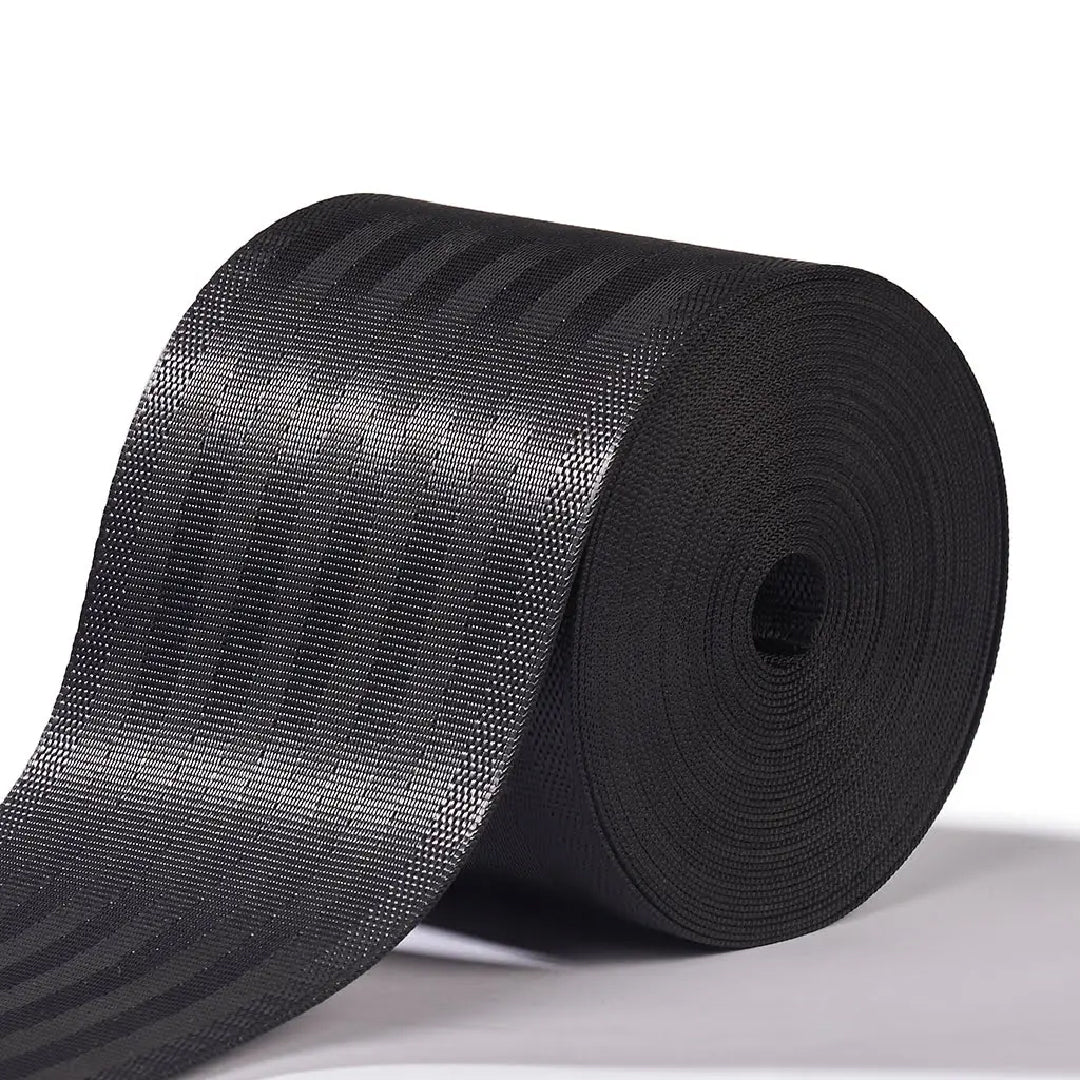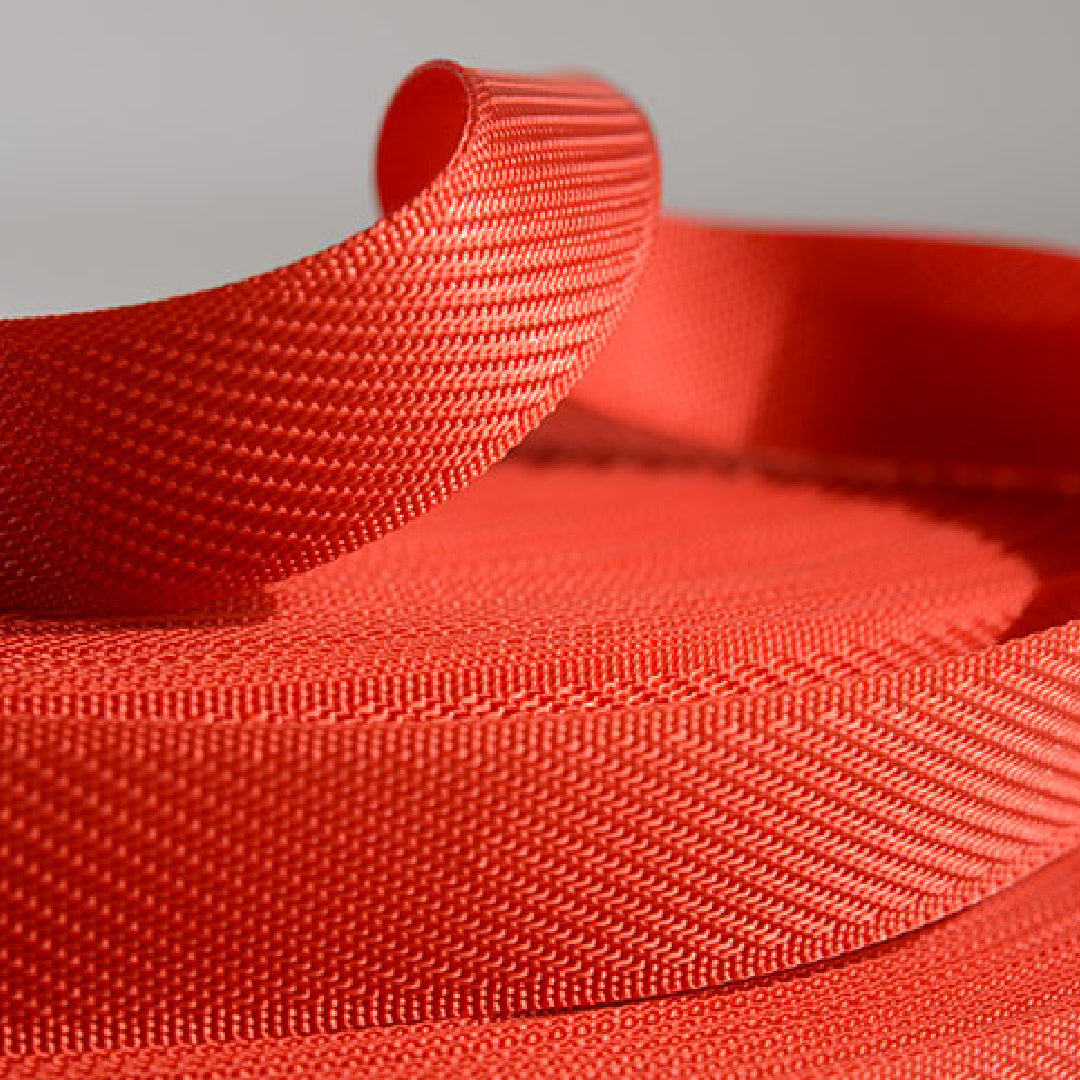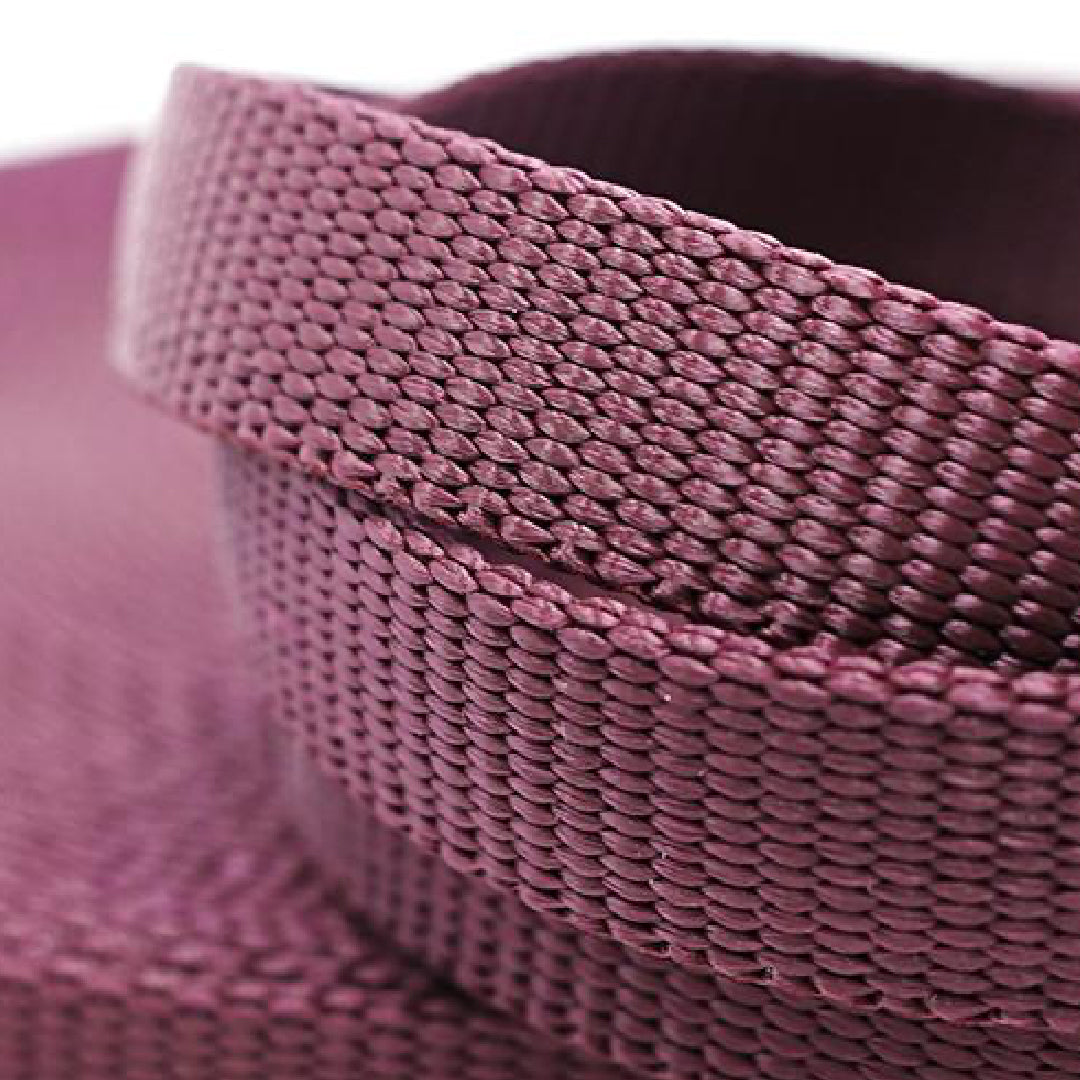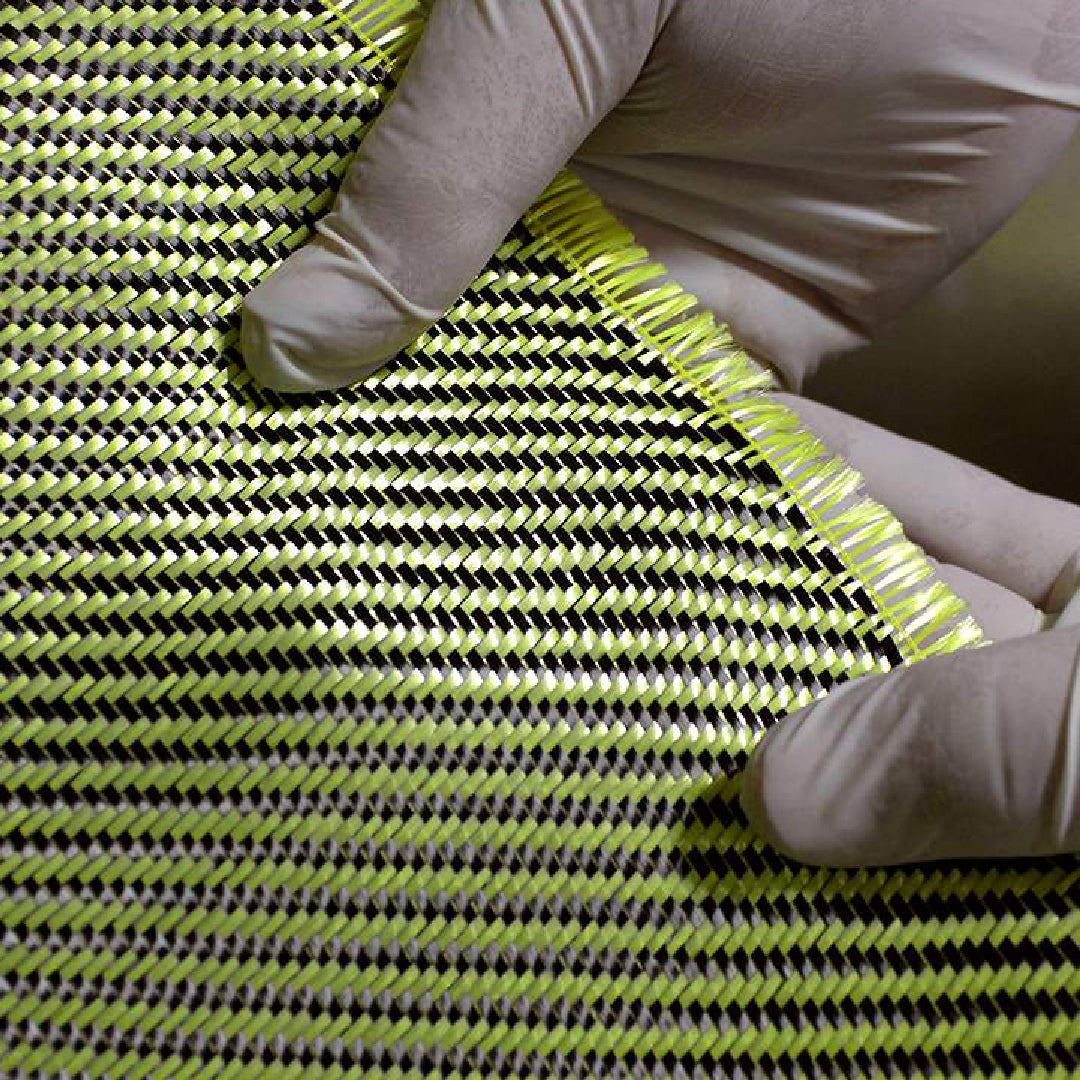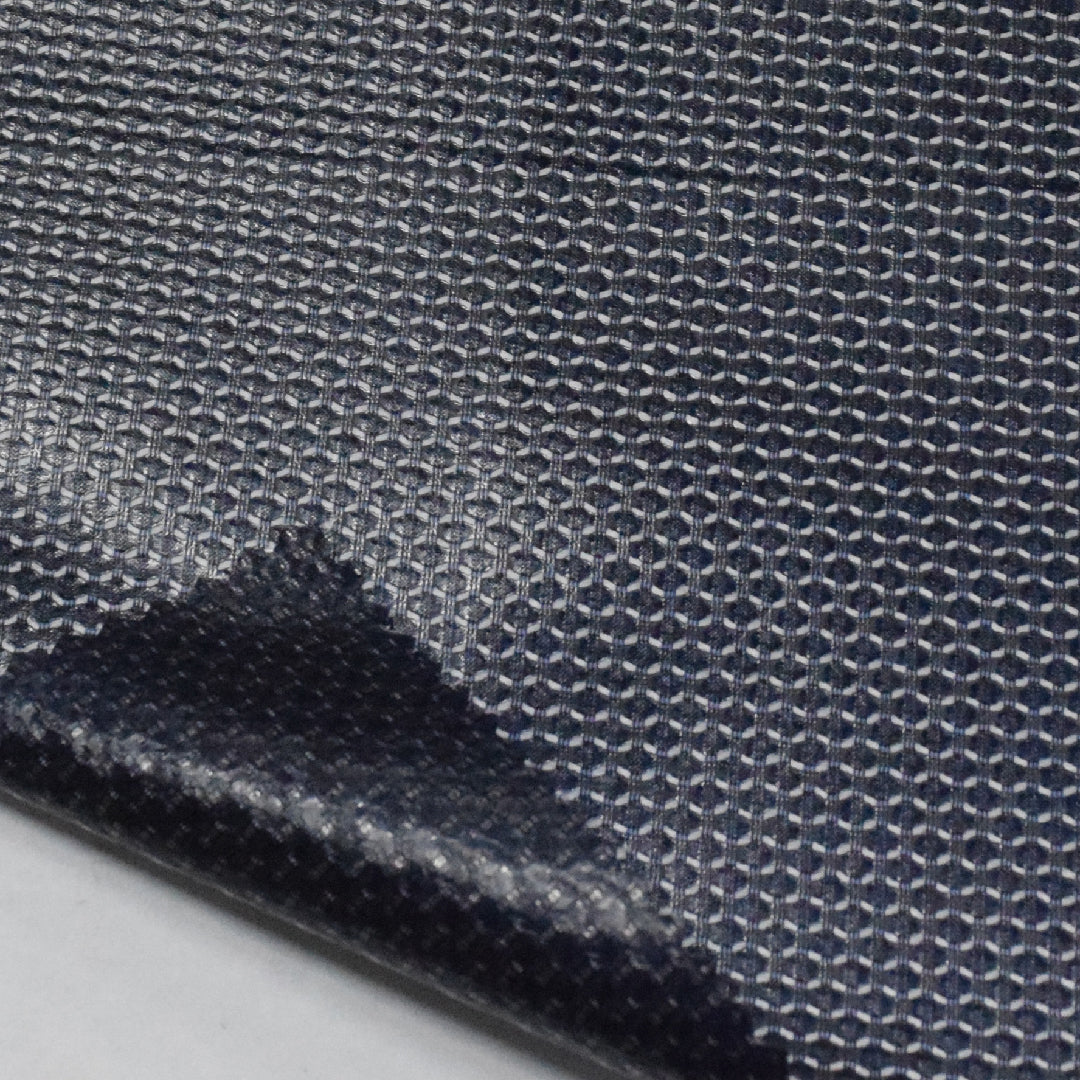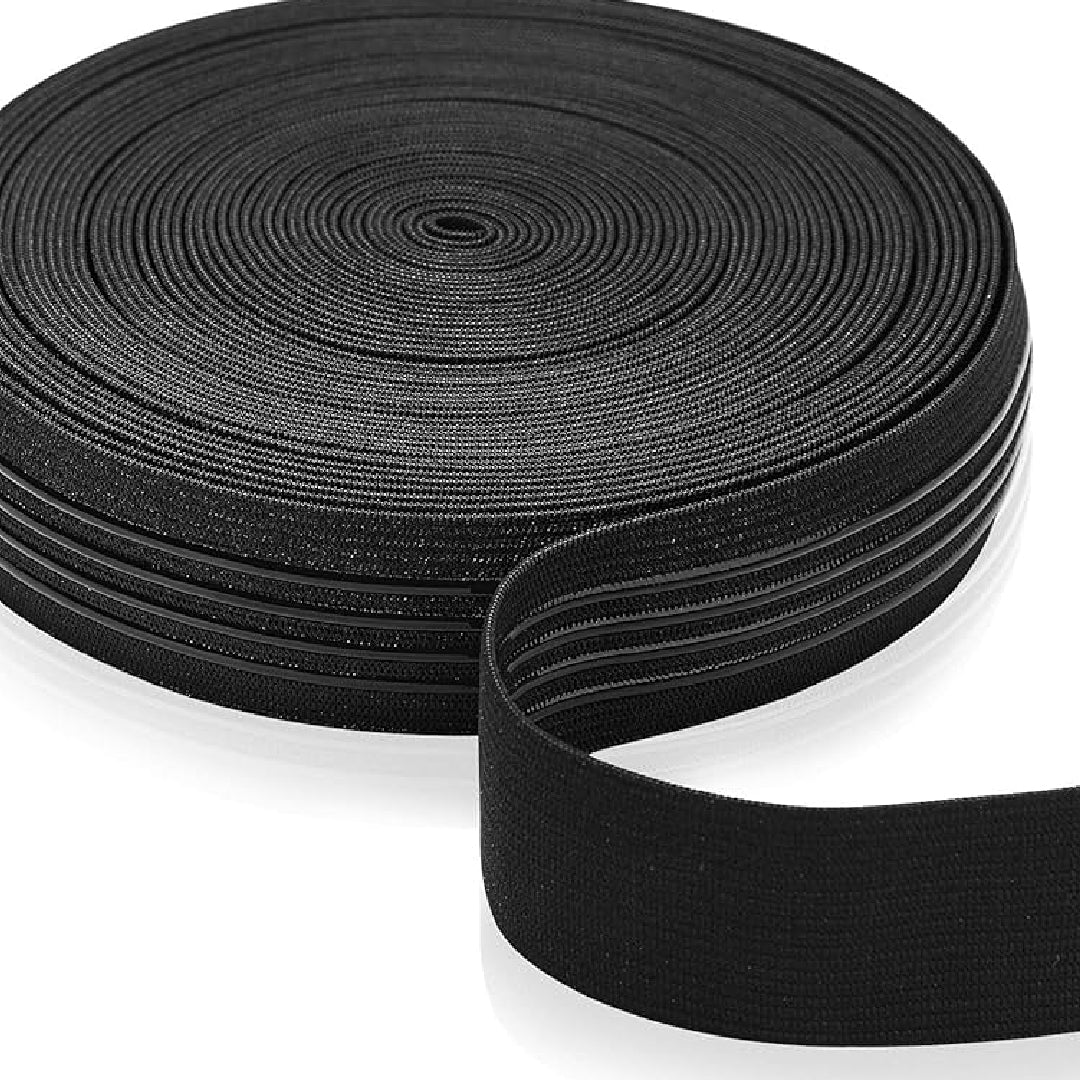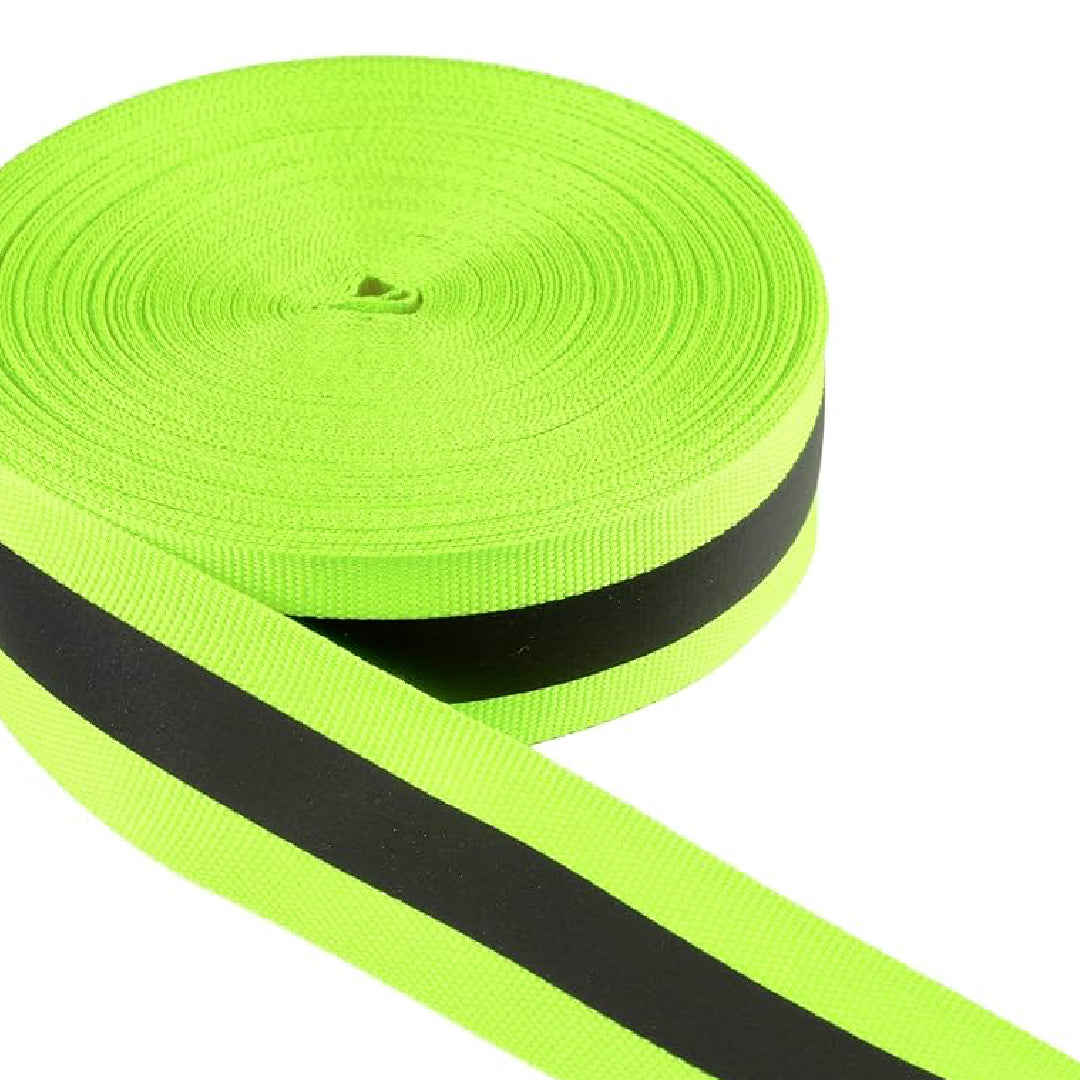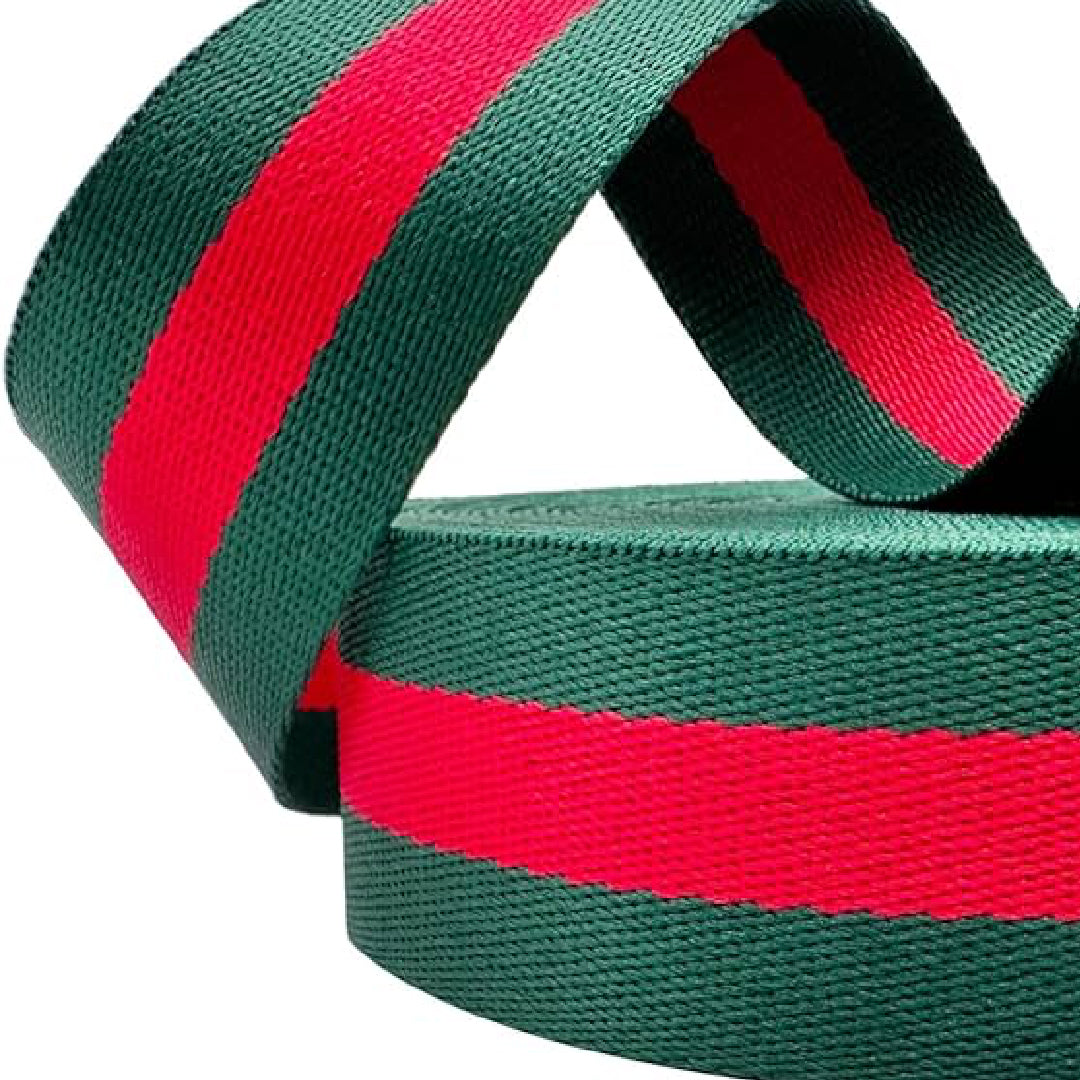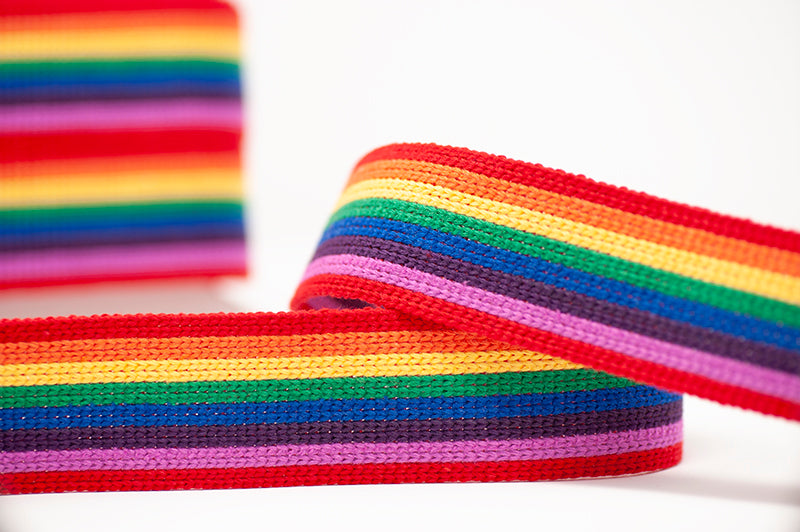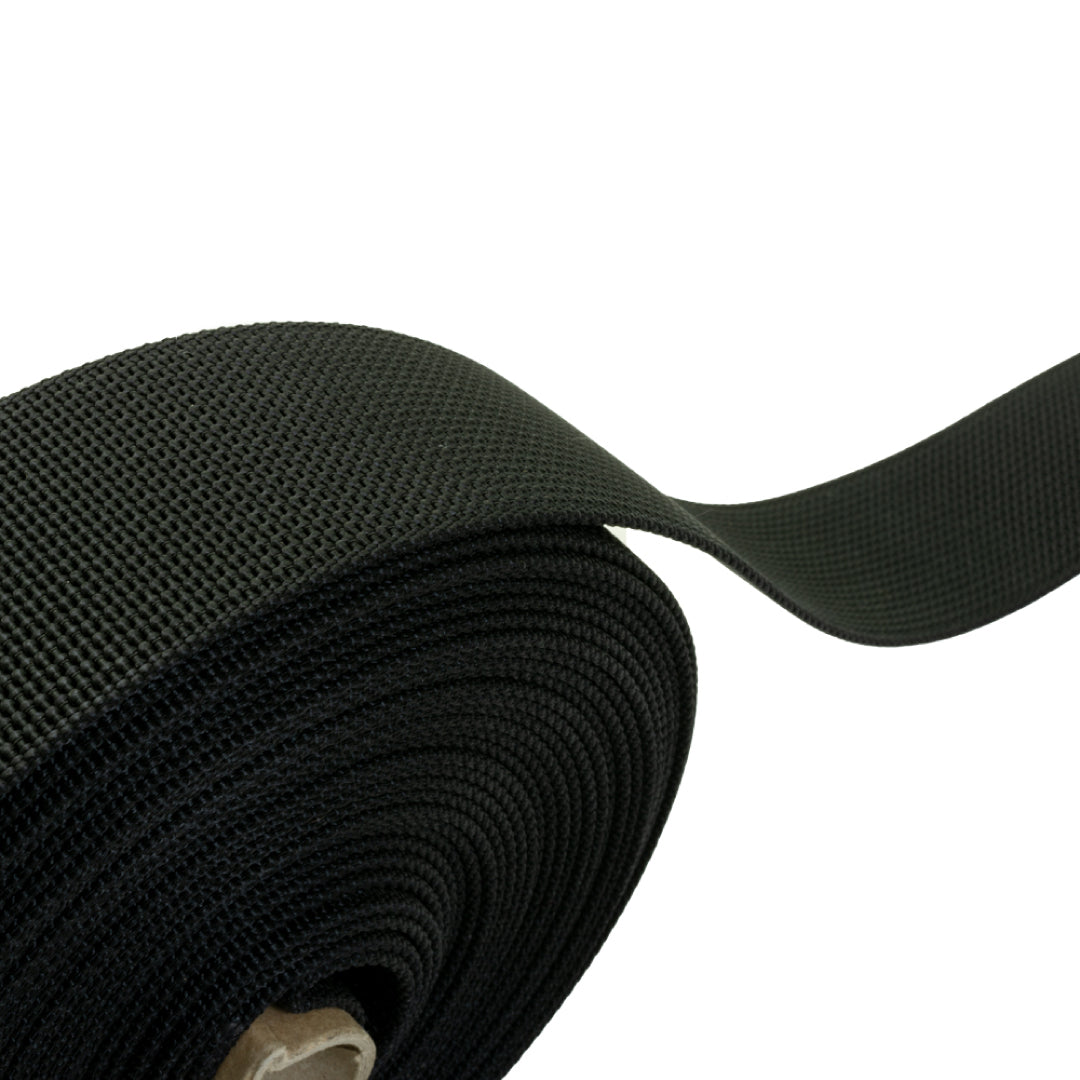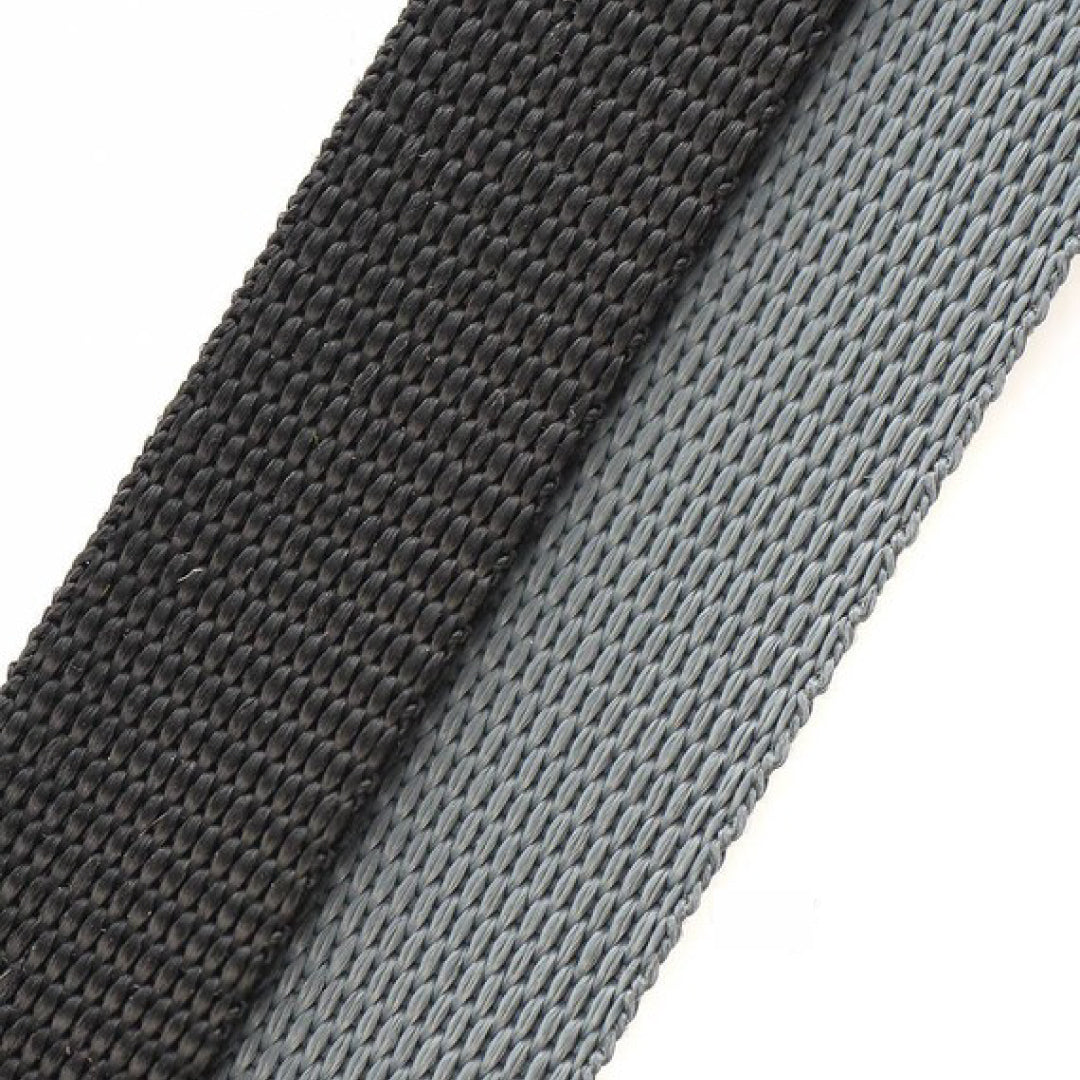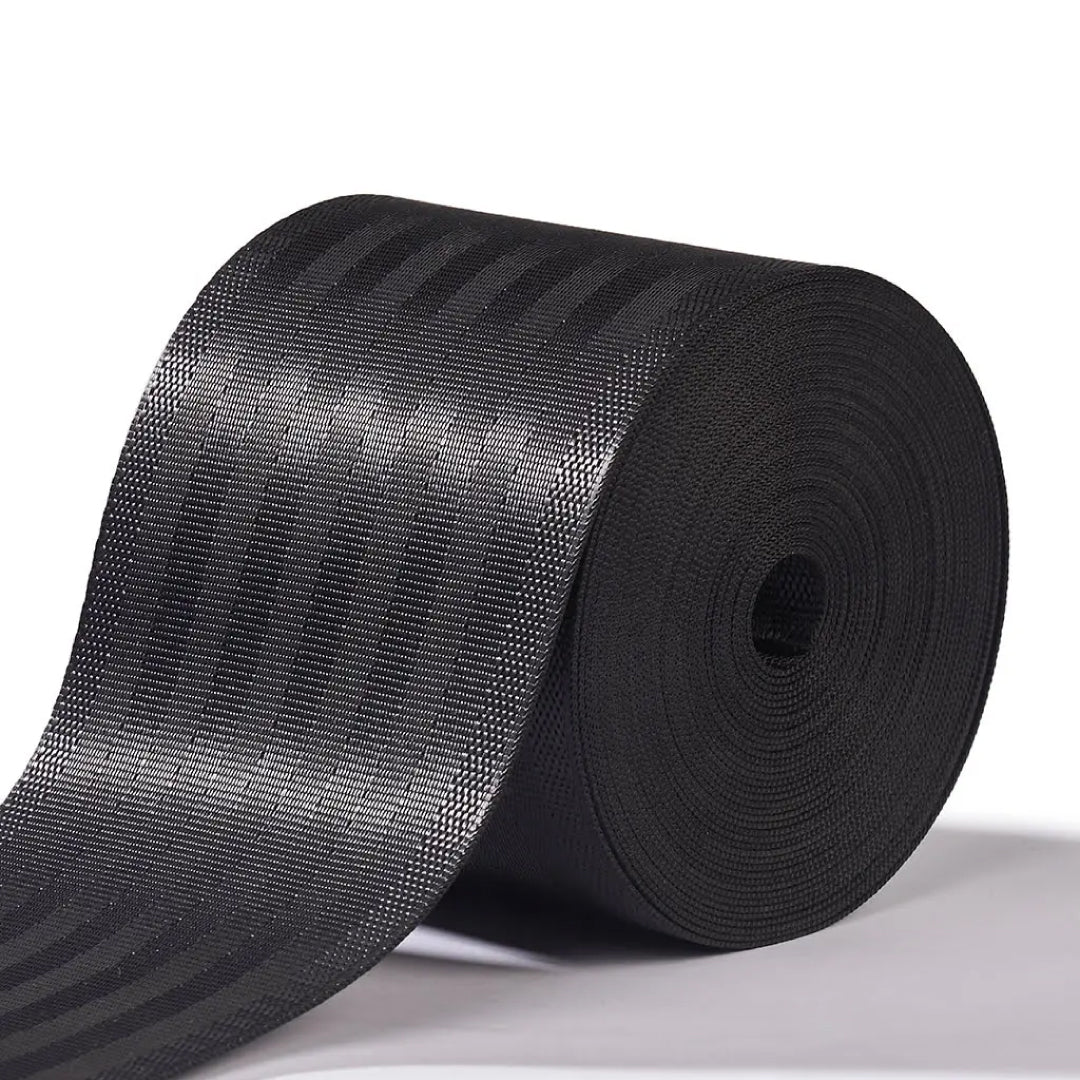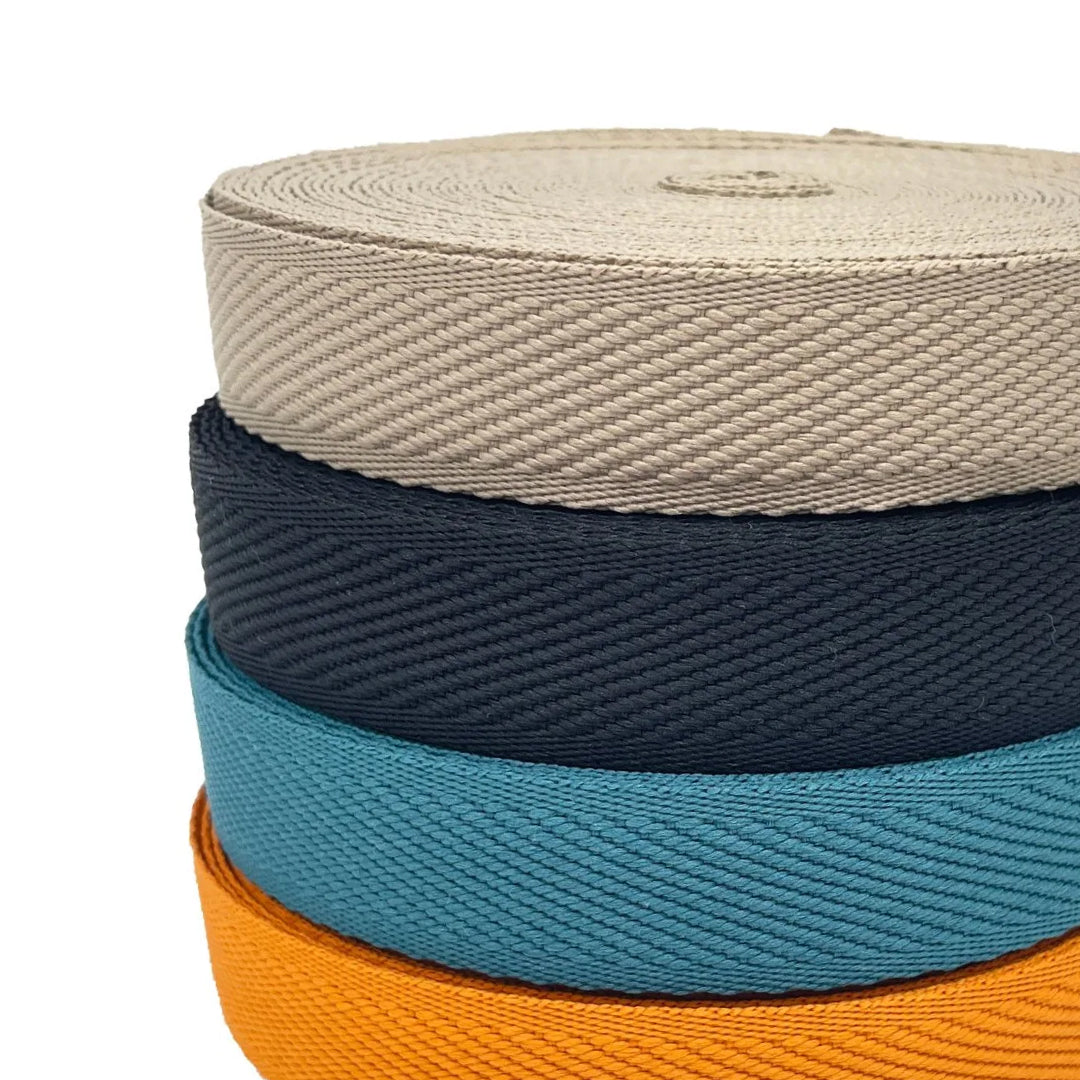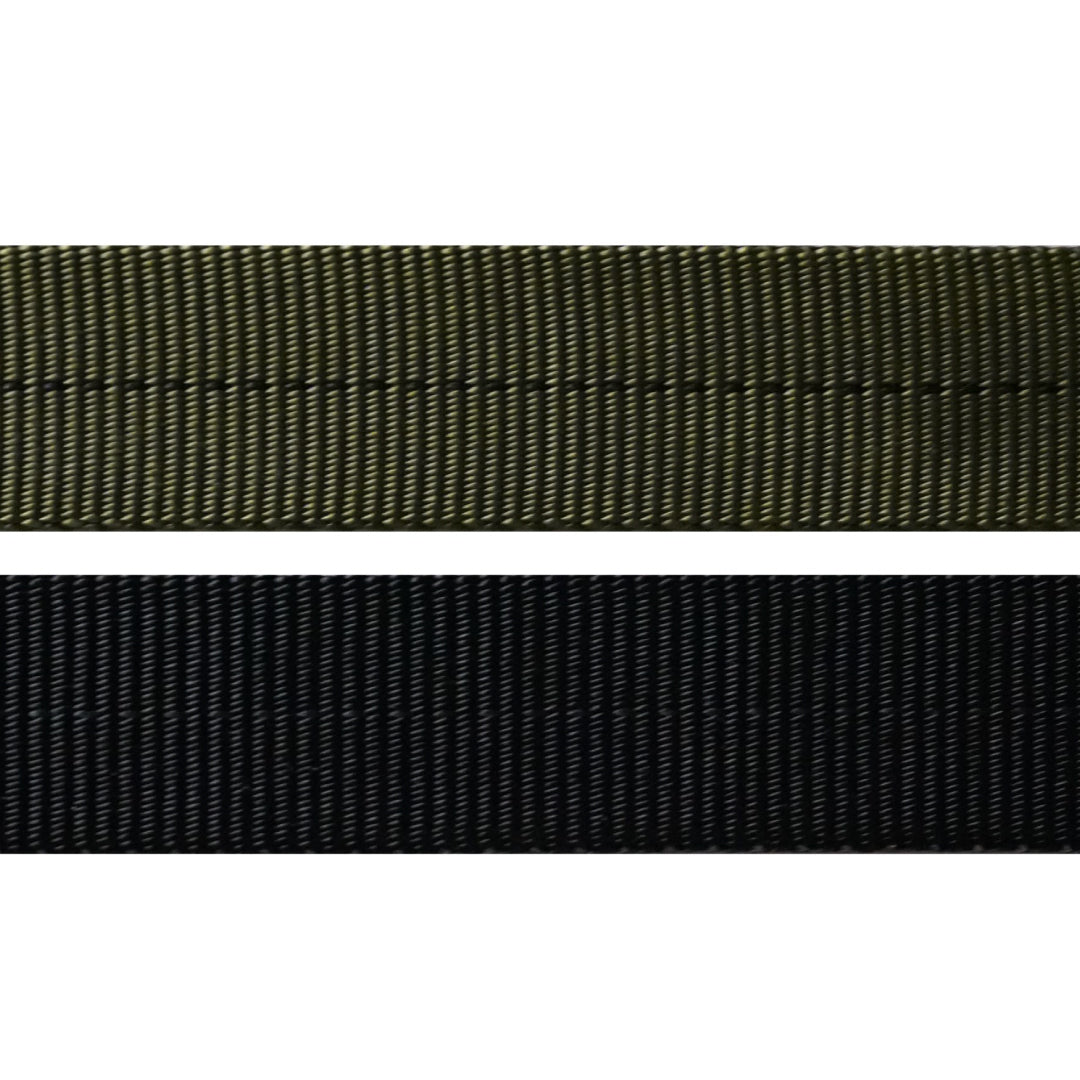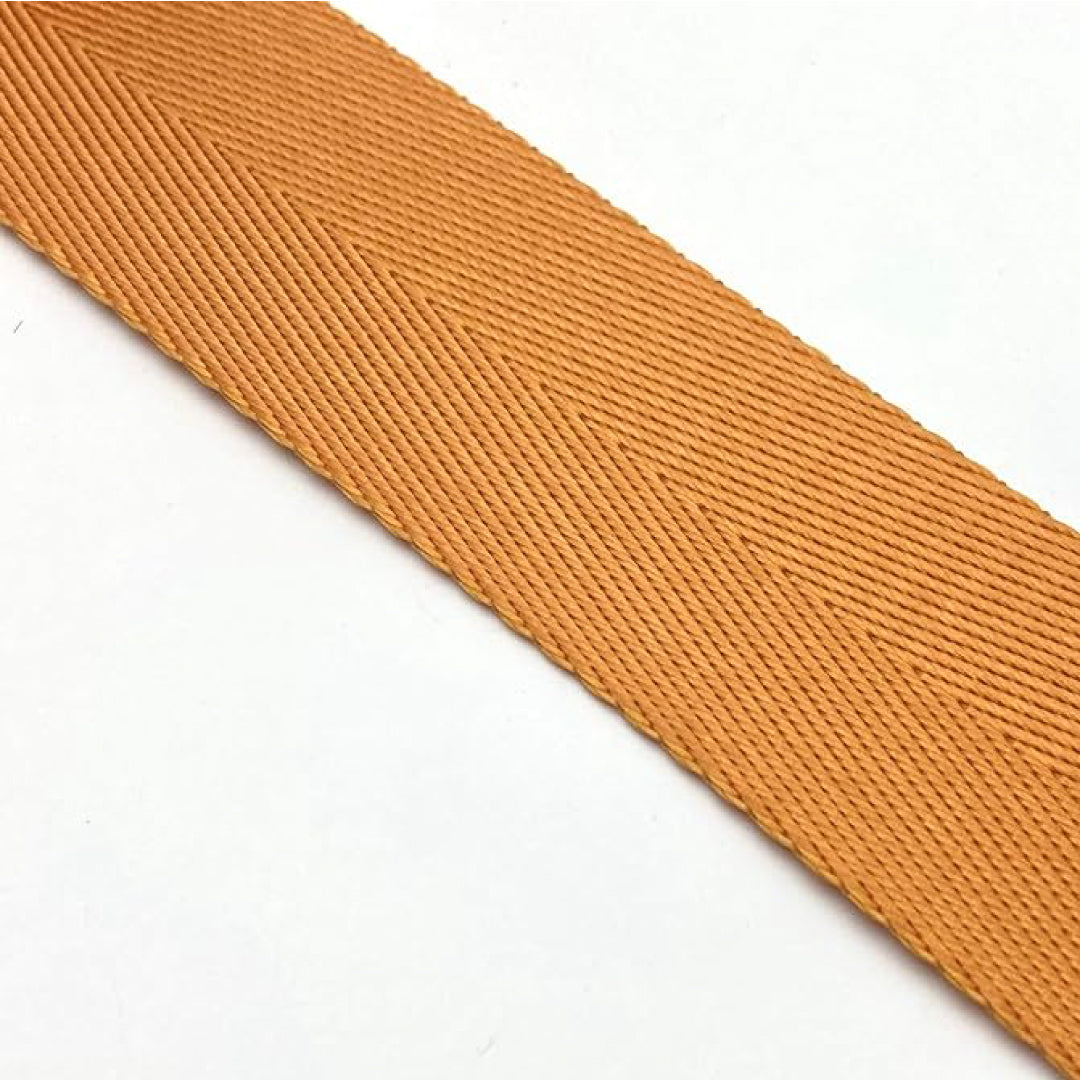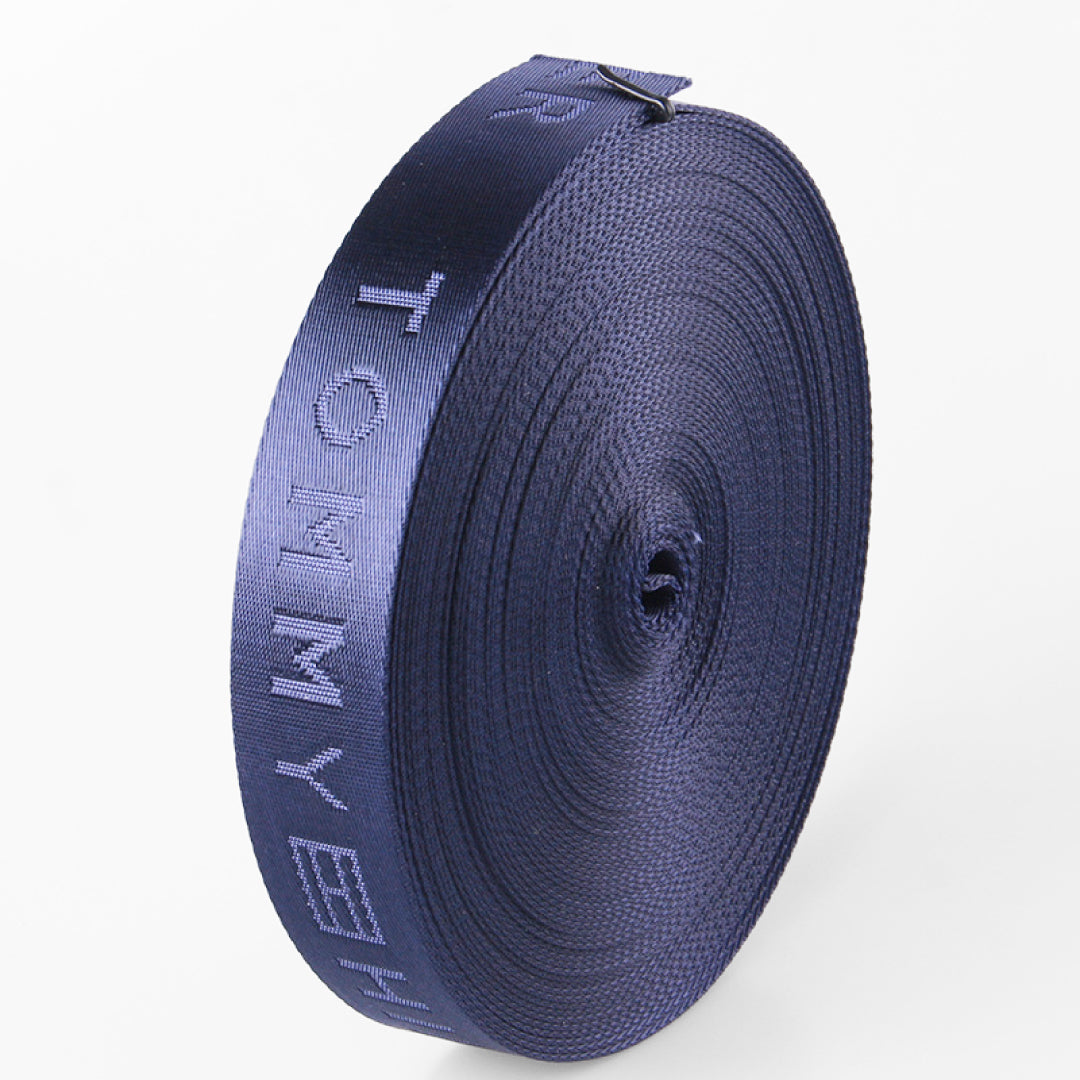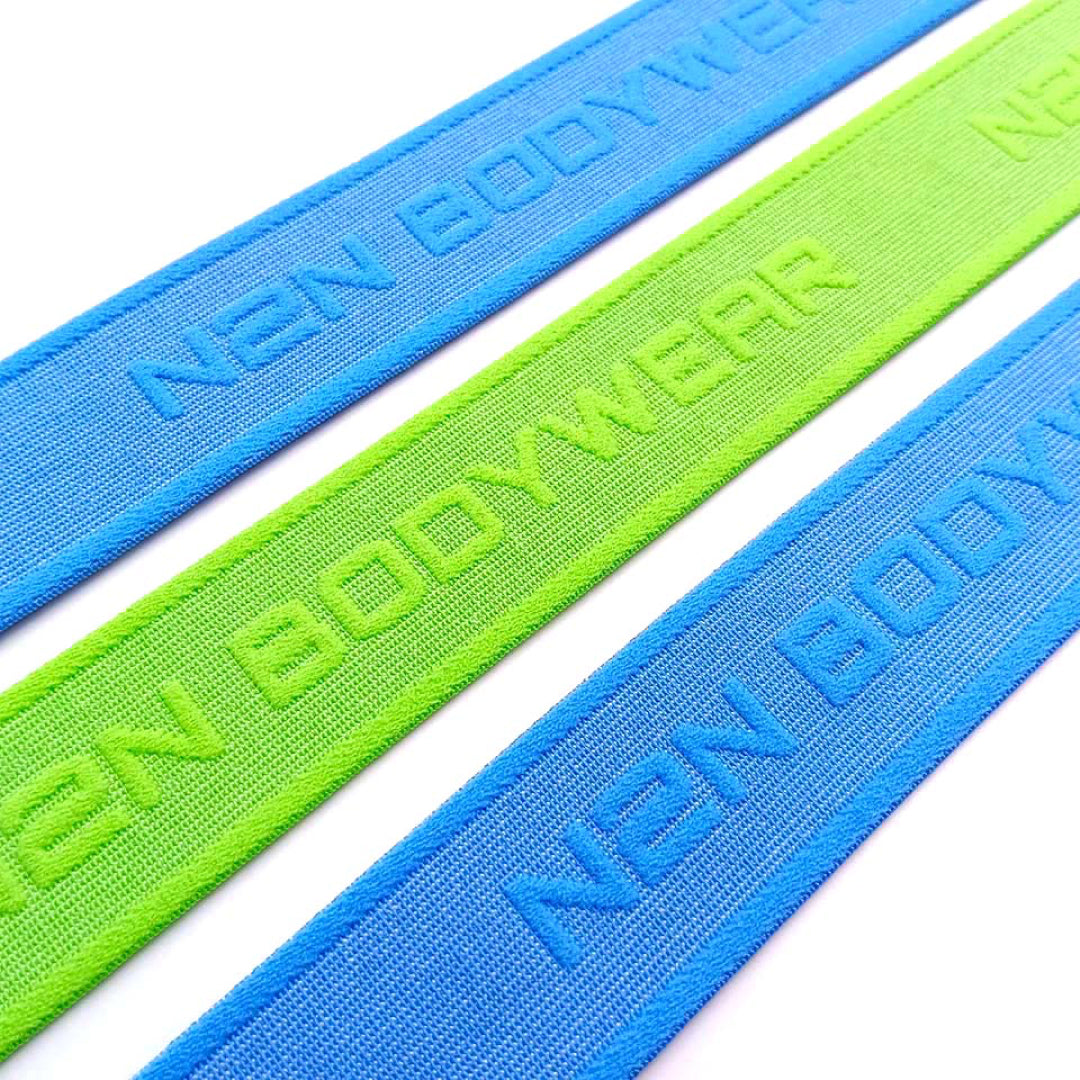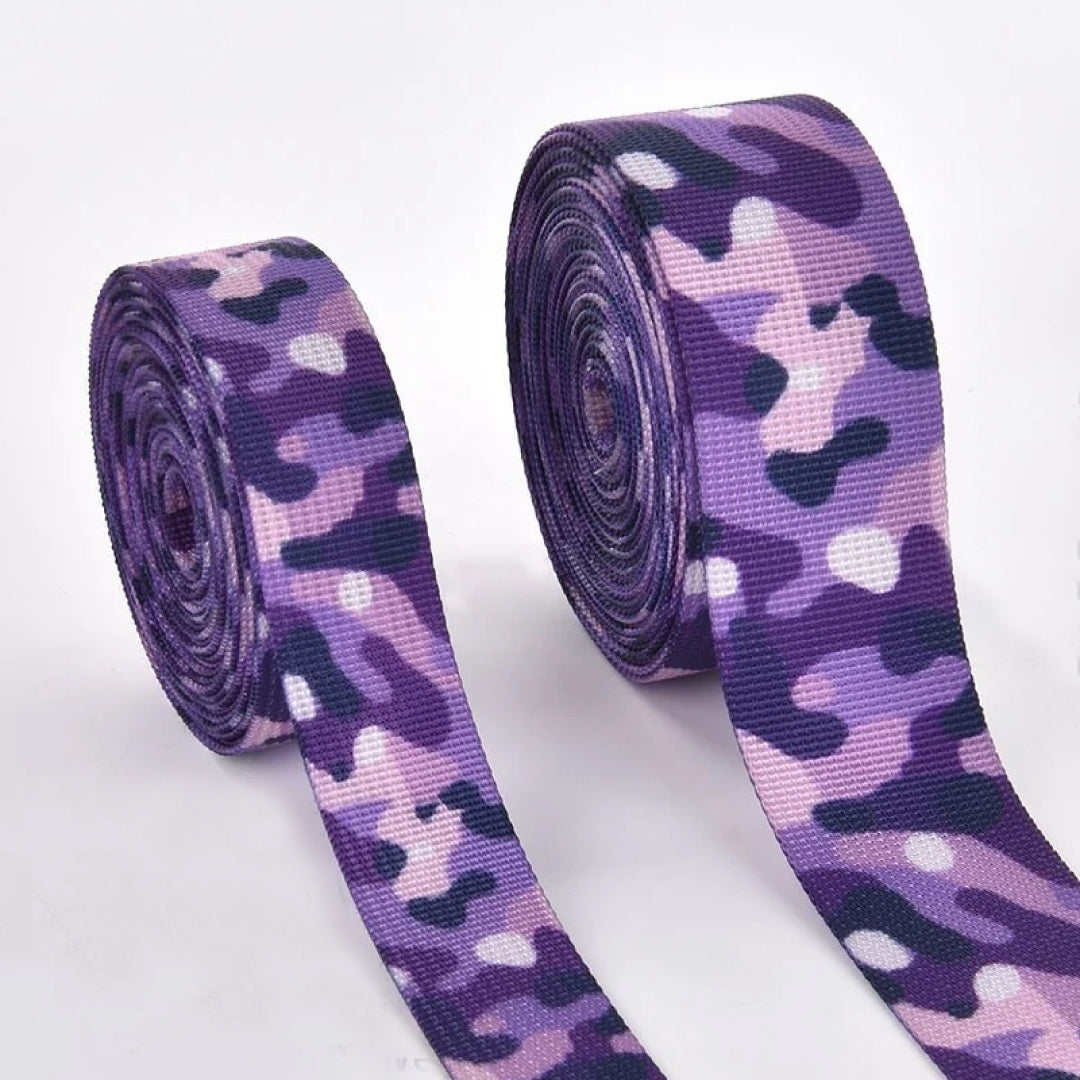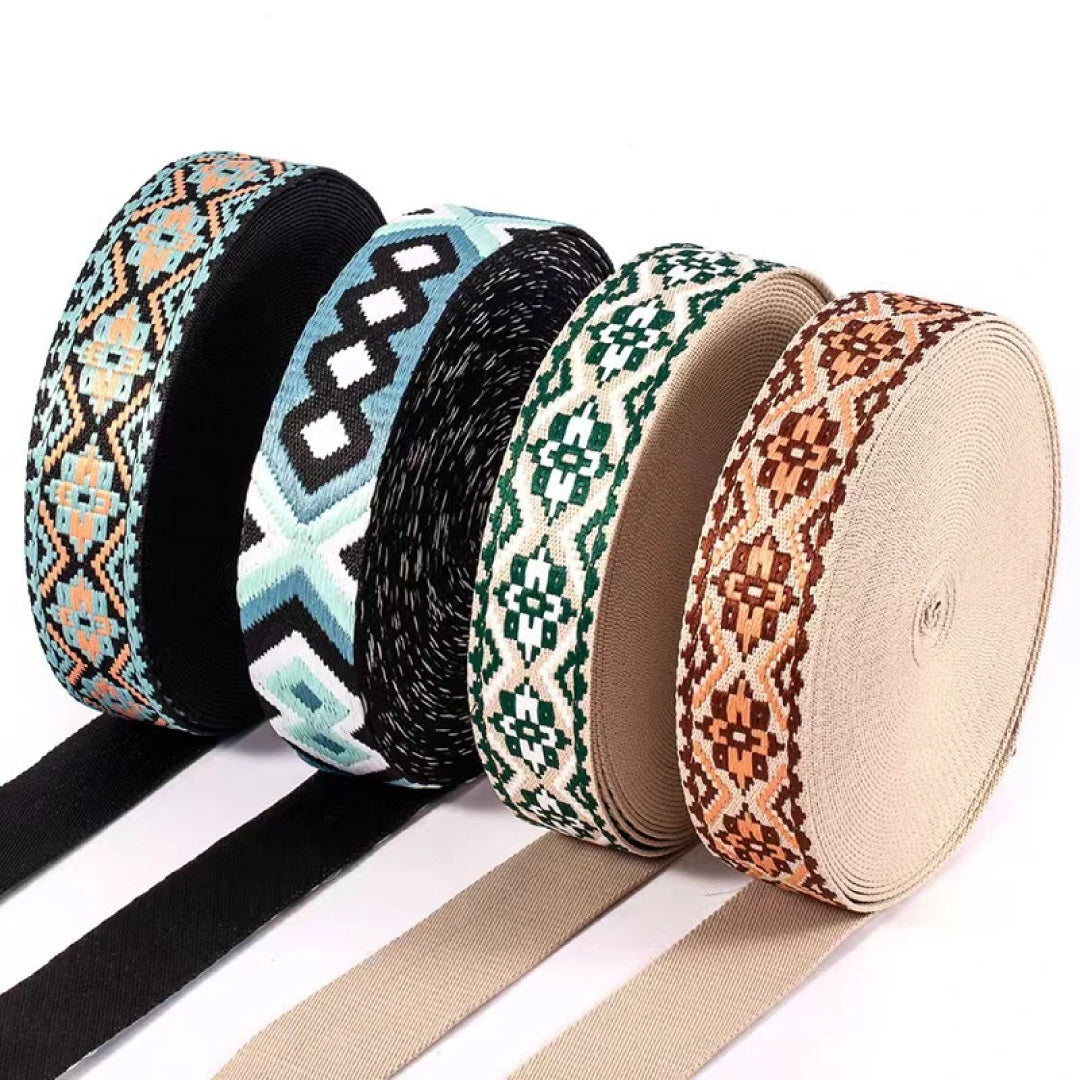Mastering Webbing: A Guide to Different Types of Webbings
APRIL 8, 2024
In the world of bags and backpacks, one of the unsung heroes is the webbing belt. These versatile straps have a rich history and play a crucial role in the design and functionality of various carrying accessories. Let's delve into the fascinating history of webbing belts, explore the different types of webbing materials used, and understand their major application in bags and backpacks.
History of Webbing Belts
Webbing belts have a long and storied history, dating back to ancient civilizations where woven fabrics were used for practical and decorative purposes. However, the modern webbing belt as we know it today can be traced back to the military. In the mid-20th century, military forces adopted nylon webbing belts for their strength, durability, and versatility. This innovation quickly spread to civilian use, leading to the integration of webbing belts in various consumer products, including bags and backpacks.
Types of Webbing Materials
Exotic Synthetic Fibers
WEBBING SIZES
Types of Webbing
Different types of Weaves/Grains
Branding on webbing, like any other material, can be done in various types and styles depending on the desired aesthetics, target audience, and the purpose of the branding. Here are some common types and styles
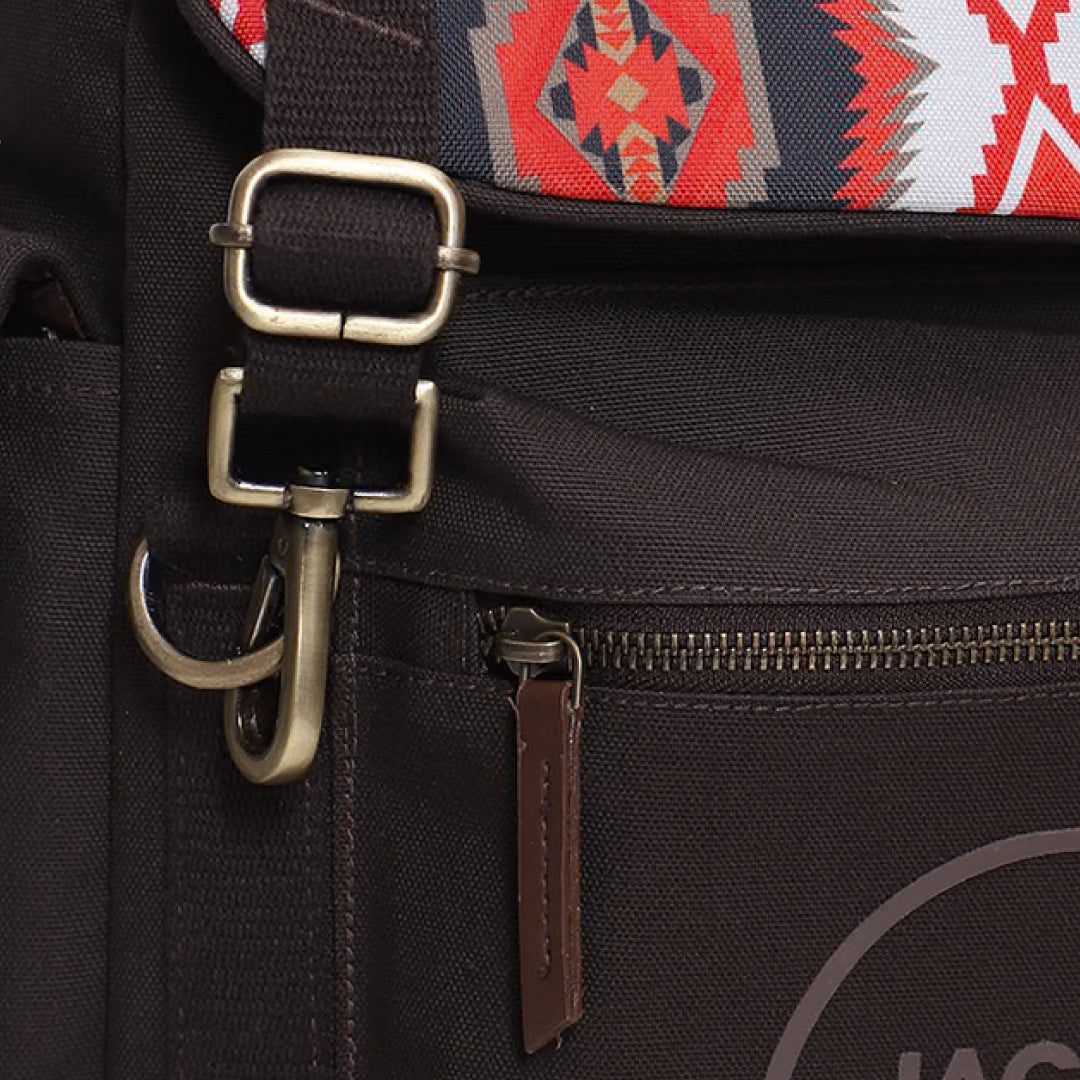
Attachment Points
Webbing belts are often used as attachment points for accessories such as carabiners, keychains, and external pouches. These attachment loops enhance the functionality of bags and backpacks by offering additional storage options and organization solutions

Adjustable Straps
Webbing belts are crucial components in bags and backpacks for creating adjustable straps that can be customized to fit the wearer's body comfortably. This feature allows users to distribute weight evenly and prevent discomfort during extended wear.
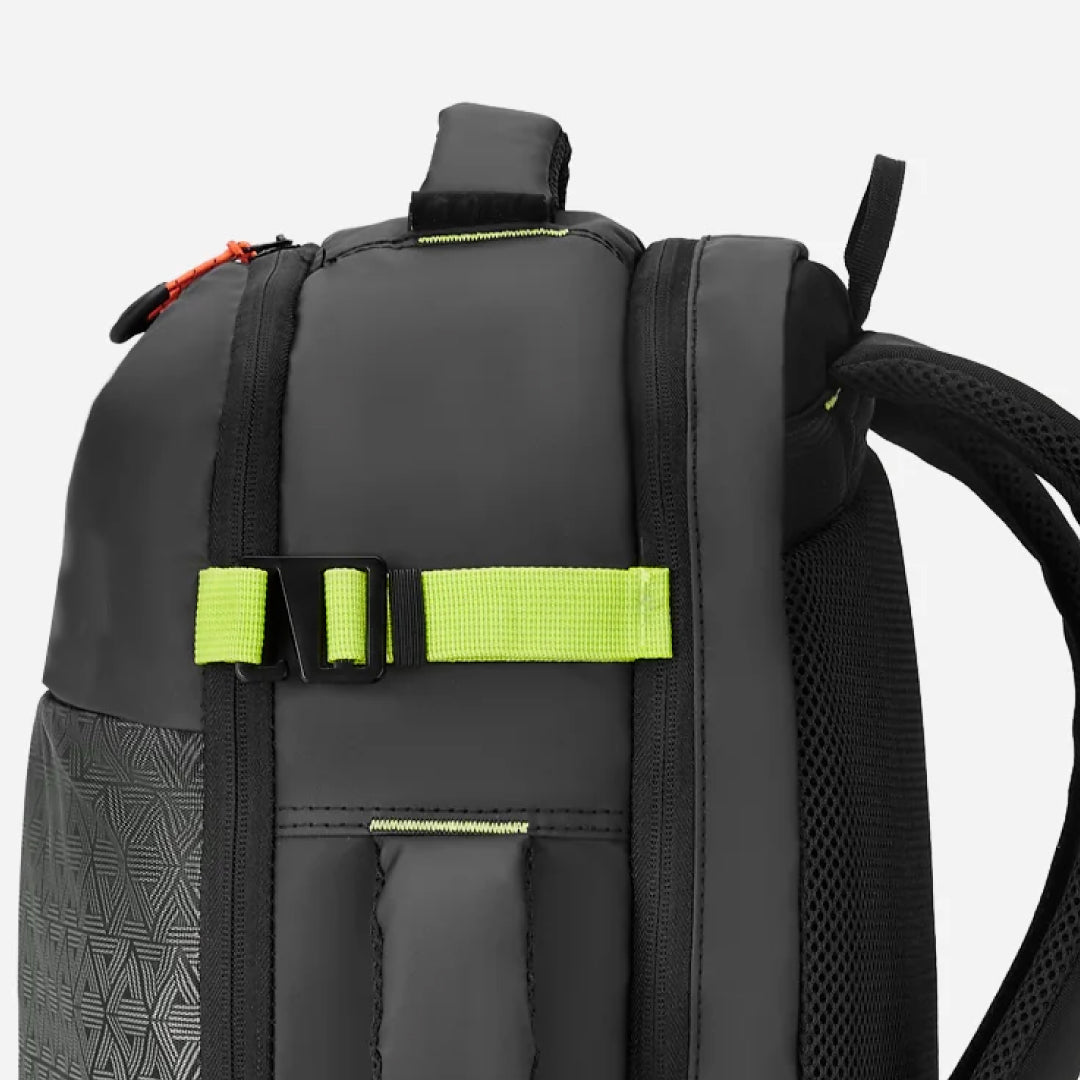
Reinforced Handles
In heavy-duty bags and backpacks, webbing belts are reinforced along the handles to provide extra strength and support when carrying heavy loads. This reinforcement ensures the longevity of the product and prevents handle breakage under pressure.
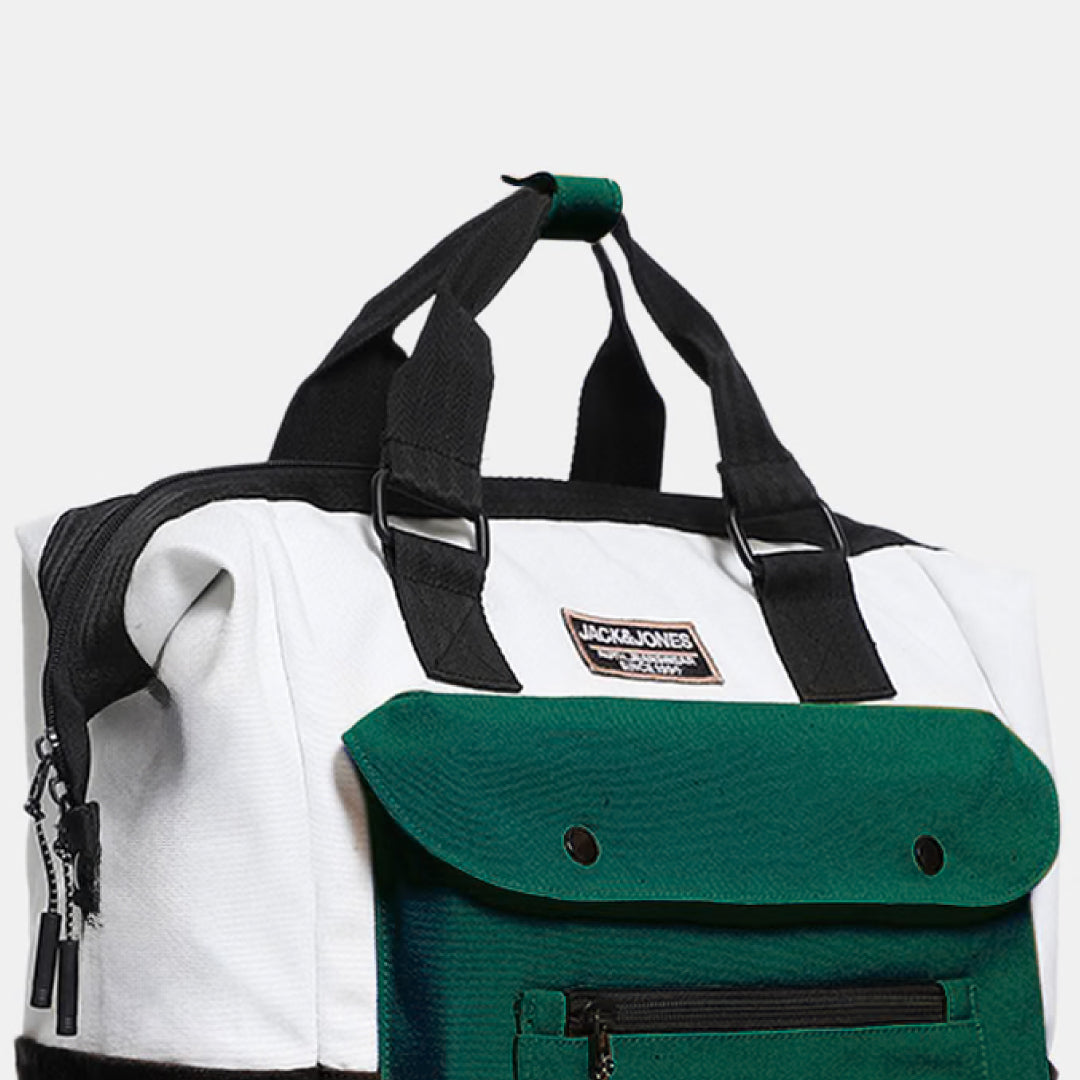
Compression Straps
Some backpacks feature compression straps with webbing belts that allow users to cinch down the pack's contents for a streamlined and secure fit. These straps are essential for maintaining the bag's shape, reducing bulkiness, and preventing items from shifting during travel or outdoor activities.


